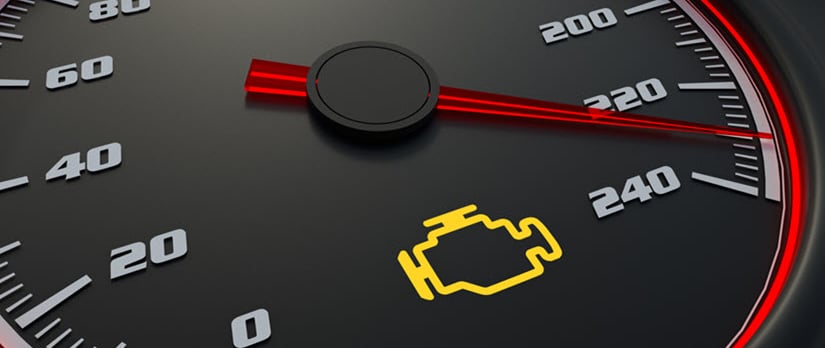HAPPY THANKSGIVING! OUR SHOP WILL BE CLOSED ON NOV 27 AND NOV 28 DUE TO THE HOLIDAY.
Check Engine Light On? Here’s What to Do Next
That little orange light can mean many things — from a loose gas cap to a serious engine issue. In this article, we explain how to safely handle the situation, what the most common causes are, and when it’s time to bring your car in for a diagnostic scan. Don’t panic — understanding the warning signs can prevent costly repairs later.
V. Remor
10/13/20251 min read


Few things make drivers more nervous than seeing the “Check Engine” light suddenly appear on the dashboard. While it can signal a range of issues — from something minor to more serious — understanding what it means and how to respond can save you time, money, and stress.
What the Check Engine Light Really Means
Your vehicle’s onboard computer constantly monitors the engine and emission systems. When it detects something unusual — like a misfire, low sensor voltage, or air/fuel imbalance — it triggers the light. In most cases, the system stores an error code that a technician can read using a diagnostic scanner.
Common Causes
Some of the most frequent reasons your Check Engine light comes on include:
Loose or missing gas cap
Faulty oxygen sensor
Bad spark plugs or ignition coils
Mass airflow sensor issue
Catalytic converter inefficiency
Ignoring these warnings can lead to decreased fuel efficiency, engine damage, or emission problems.
What You Should Do
Check the gas cap — tighten it if it’s loose.
Observe your car’s behavior — is it shaking, idling rough, or losing power?
Avoid long trips until you know what’s wrong.
Schedule a diagnostic scan — at Blue Car Group, we can quickly read the fault codes and explain the cause clearly.
Our trained technicians use professional-grade diagnostic tools to pinpoint the problem accurately, helping you avoid unnecessary part replacements or guesswork.
Need help with your Check Engine light? Schedule a diagnostic today with Blue Car Group — your trusted hybrid and Toyota repair specialists.


